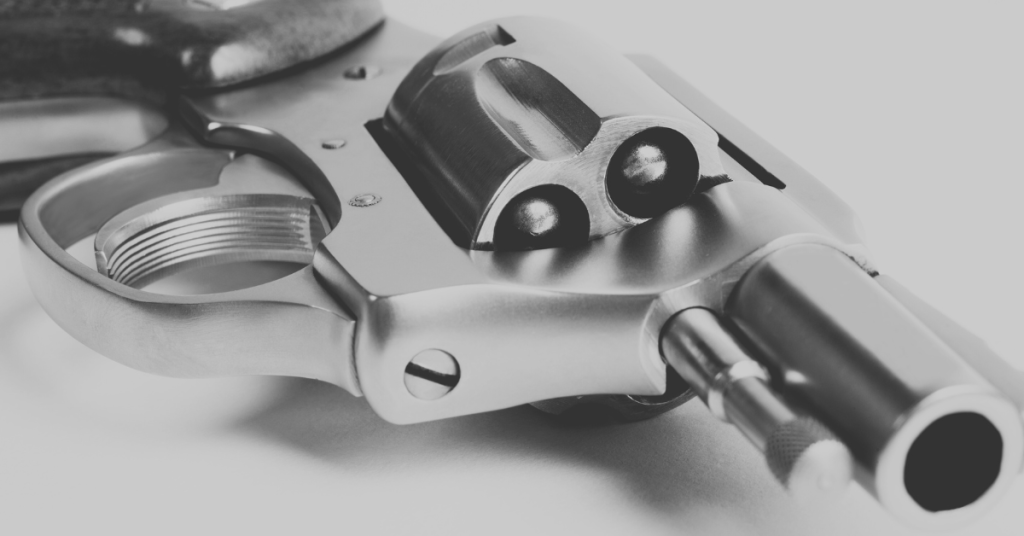In 1929, law enforcement faced a dilemma. Their ammunition was no longer effective against the gangsters and bootleggers. The gangsters had taken to wearing ballistics vests and often shot from inside autos, both of which were impenetrable by an average ammunition round.
As a result, Colt developed the .38 Super Auto. The round was supposedly based on the .38 Automatic Colt Pistol, but designed to be used in a 1911 style semi-automatic, magazine-fed pistol.
The .38 Super uses a .356-inch 130 grain lead projectile, housed in a semi-rimmed, straight-walled case measuring .900 inch. The total length of the cartridge 1.280 inches.
The Super Auto cartridge carries more powder than the .38 Auto, which makes it a more powerful round. The .38 Auto’s 130 grain cartridge had a muzzle velocity of 1,050 feet per second (fps).
Since the .38 Super used more powder and higher pressure, its velocity is 1,280 fps. Sadly, law enforcement stopped using the Super Auto when, in 1934, the .357 Magnum entered the market.
Development of the .38 Super Auto
Experts say that there are discrepancies in the origin of the .38 Super. It is commonly believed that the round was based on the .38 ACP.
Law enforcement did require a stronger round than the .38 and 9mm, but could deliver a better performance than the powerhouse .45 ACP. Colt offered a solution in the .38 Auto. Secondly, some claim that the development of the .38 Super was an afterthought.
The 1911-style pistol had been introduced, designed to fire .38 ACP. Shortly after it was introduced, wildcatters began to handload their own version of the round, increasing the powder load.
Colt heard about the change and began to produce a similar version which they named the .38 Super Auto. The name .38 “Super” was simply a way to distinguish it from the traditional .38 Auto.
Law Enforcement
The FBI adopted the .38 Super partly because of its carry capacity. It could hold 9 to 11 cartridges in a single stack, which was much larger than what was offered by the .38 Special. The .38 Super could also penetrate body armor.
This was a benefit with the rise of American gangsters who openly fought police, and often used their cars as shields against return fire.
However, police weren’t the only ones who adopted the .38 Super. John Dillinger, infamous bank robber and all-around bad guy, carried a .38 Super when he was apprehended by police.
He also owned a custom-built, fully automatic Colt M1911A1. Dillinger had the gun modified to include a Cutts compensator and a magazine with extra capacity.
In 1941, Colt shifted its focus from law enforcement to the military due to WWII. The war changed the face of munitions, and the .38 Super all but disappeared for nearly 40 years.
Popularity Worldwide
The .38 Super never lived up to its potential in the U.S. However, the round has been widely used in other countries such as Australia, Mexico, Canada, and South America, where civilians are banned from using guns chambered in military cartridges, such as the .45 ACP or 9mm.

